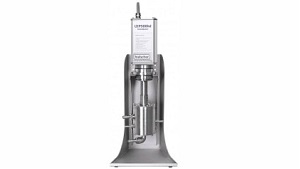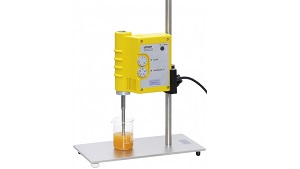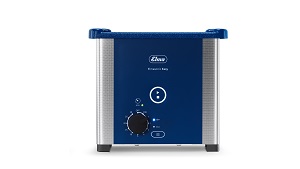
Ontdek onze ultrasoon
Toepassingen voor ultrasoon
Het woord ultrasoon heeft betrekking op geluiden met een dusdanig hoge frequentie dat je ze niet kan horen (boven de 20 kHz). Ultrasone trillingen kunnen door allerlei materialen dringen zonder dat er fysiek contact plaatsvindt. Hierdoor kan je ze gebruiken voor een breed scala aan toepassingen in onder andere de industrie, de chemie, de medische sector, het onderzoek, maar ook als je juwelier bent en zelfs als je in de horeca werkt!
Ons aanbod Ultrasoon
In ons aanbod vind je apparatuur voor de ultrasoonbehandeling van allerlei volumes vloeistof, van een paar microliter tot honderden kubieke meters per uur.
In deze categorie vind je de volgende producten:
- Ultrasone homogenisatoren voor het laboratorium: voor gebruik in onder andere de biowetenschappen en de farmaceutische sector
- Ultrasone homogenisatoren voor de industrie: voor gebruik in bijvoorbeeld de farmaceutische productie
- Ultrasoonbaden voor het laboratorium: voor uitvoeren van lastige reinigingstaken op kleine tot middelgrote schaal
- Ultrasoonbaden voor de industrie: voor uitvoeren van lastige reinigingstaken op grotere schaal
Deze producten kan je onder andere gebruiken voor het mengen, reinigen, extraheren, emulgeren, dispergeren, homogeniseren en ontgassen voor een breed scala aan toepassingen.
Wil je meer weten?



